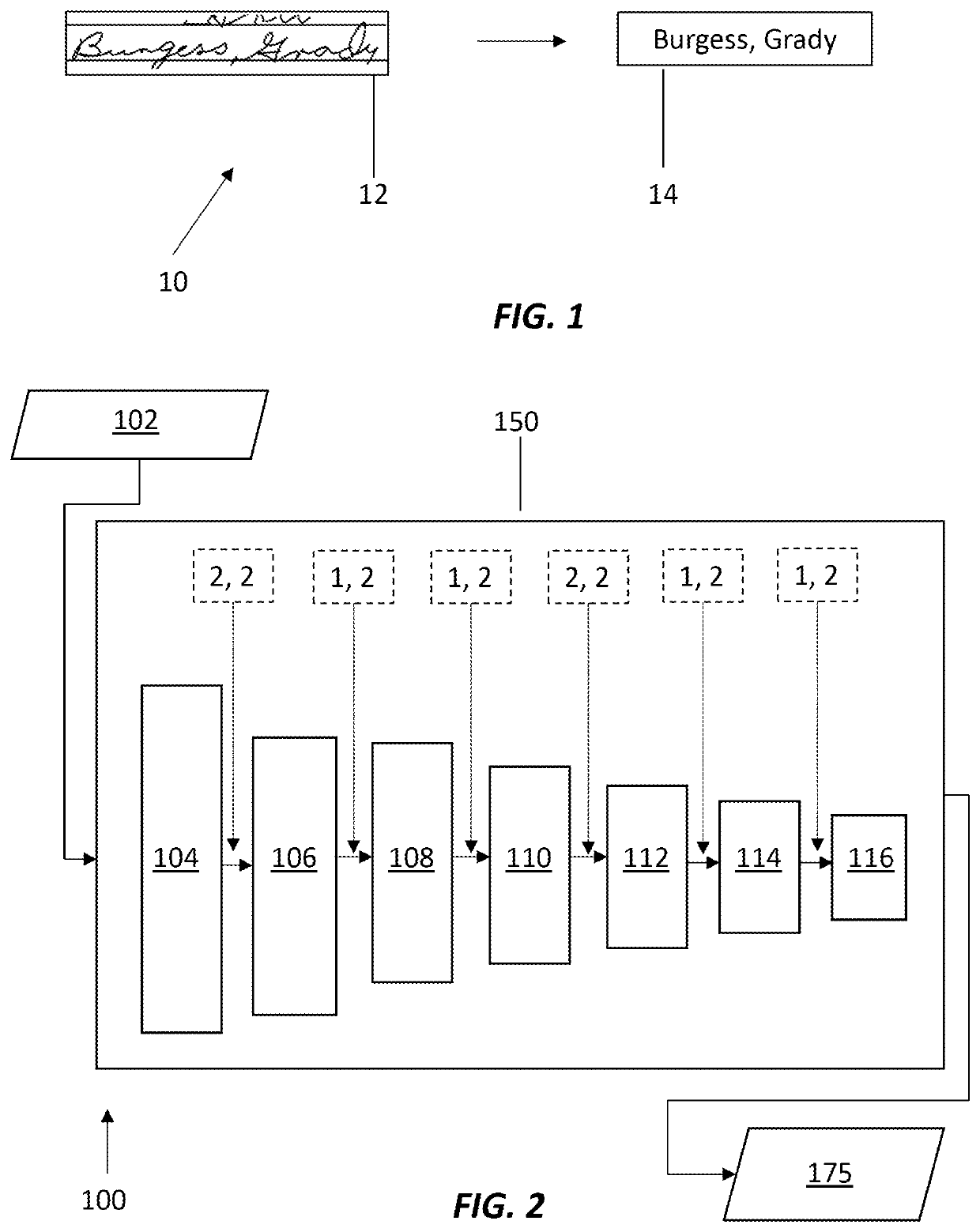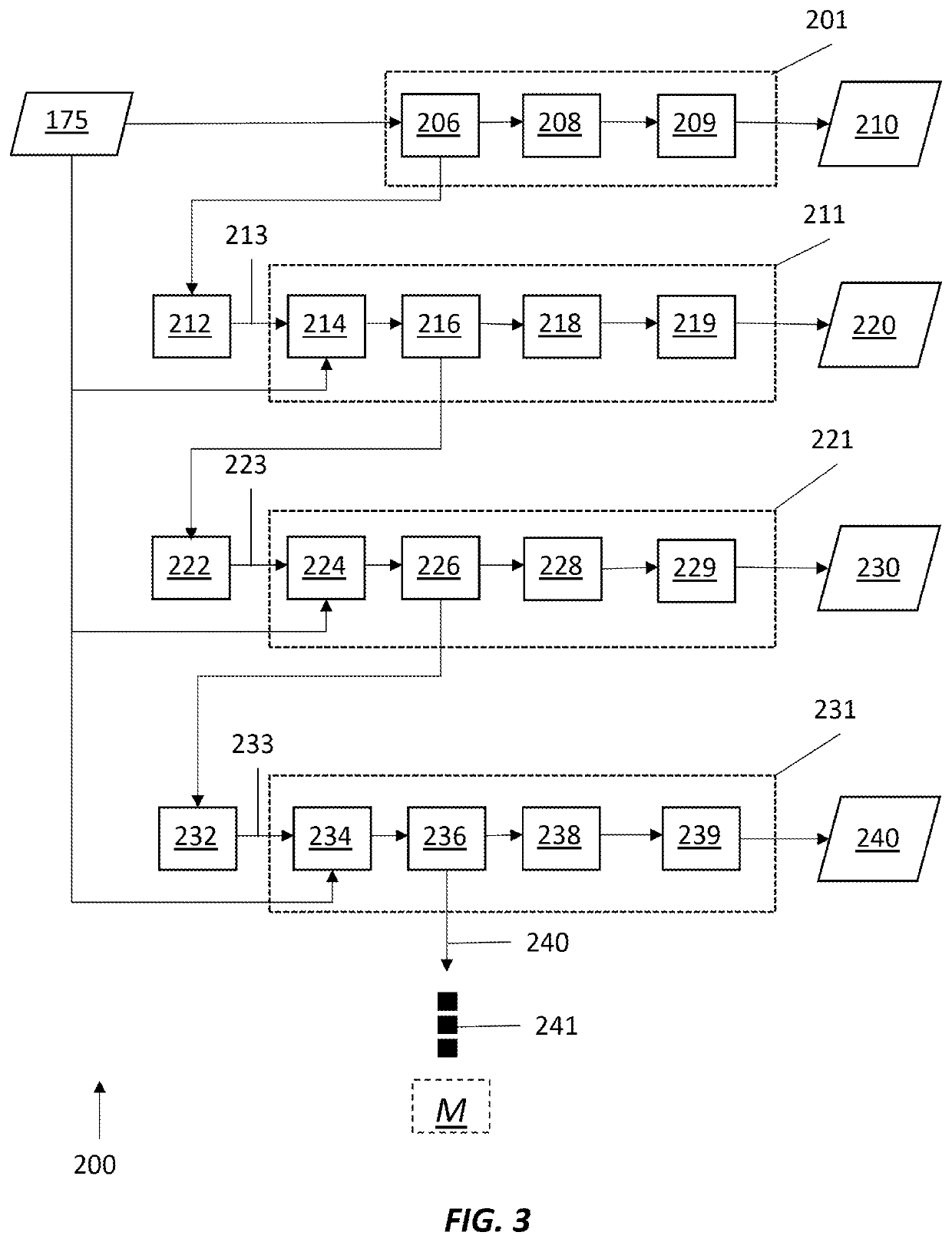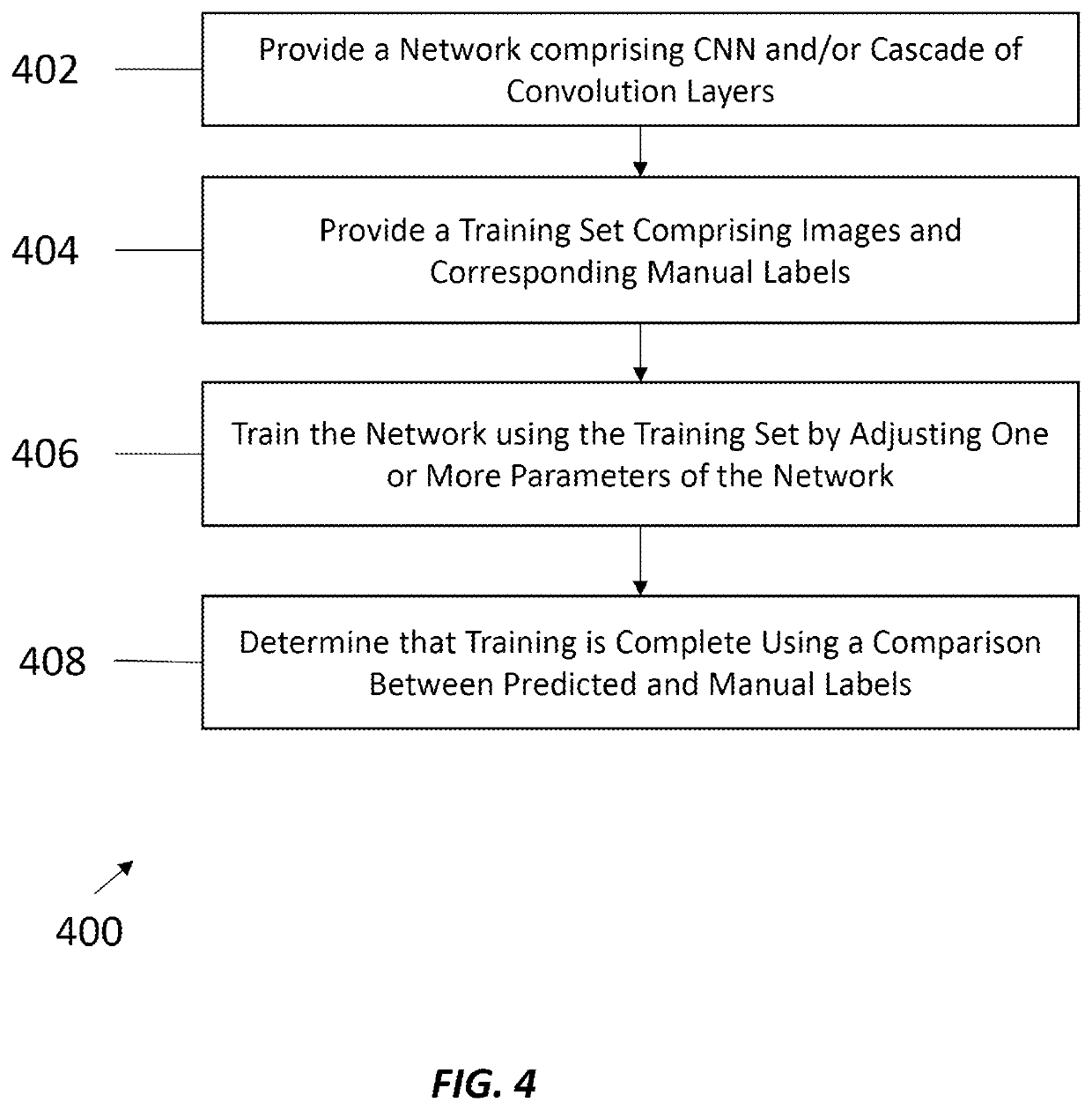Handwriting recognition
a handwriting recognition and handwriting technology, applied in the field of handwriting recognition, can solve the problems of difficult to accurately transcribe text, less successful approaches at recognizing and extracting handwritten text, and large human error, so as to reduce the cost and complexity of training, improve accuracy, and simplify the effect of training
- Summary
- Abstract
- Description
- Claims
- Application Information
AI Technical Summary
Benefits of technology
Problems solved by technology
Method used
Image
Examples
Embodiment Construction
A. Introduction
[0033]Although the embodiments of the disclosure are adapted for providing systems and methods for handwriting recognition, it will be appreciated that the principles of the disclosure may be adapted to any suitable application of text recognition, genealogical and / or genetic research, exploration, organization, and / or visualization.
[0034]In the following description, various examples will be described. For purposes of explanation, specific configurations and details are set forth in order to provide a thorough understanding of the examples. However, it will also be apparent to one skilled in the art that the example may be practiced without the specific details. Furthermore, well-known features may be omitted or simplified in order not to obscure the embodiments being described.
[0035]A better understanding of different embodiments of the disclosure may be had from the following description read with the accompanying drawings in which like reference characters refer t...
PUM
 Login to View More
Login to View More Abstract
Description
Claims
Application Information
 Login to View More
Login to View More - R&D
- Intellectual Property
- Life Sciences
- Materials
- Tech Scout
- Unparalleled Data Quality
- Higher Quality Content
- 60% Fewer Hallucinations
Browse by: Latest US Patents, China's latest patents, Technical Efficacy Thesaurus, Application Domain, Technology Topic, Popular Technical Reports.
© 2025 PatSnap. All rights reserved.Legal|Privacy policy|Modern Slavery Act Transparency Statement|Sitemap|About US| Contact US: help@patsnap.com



